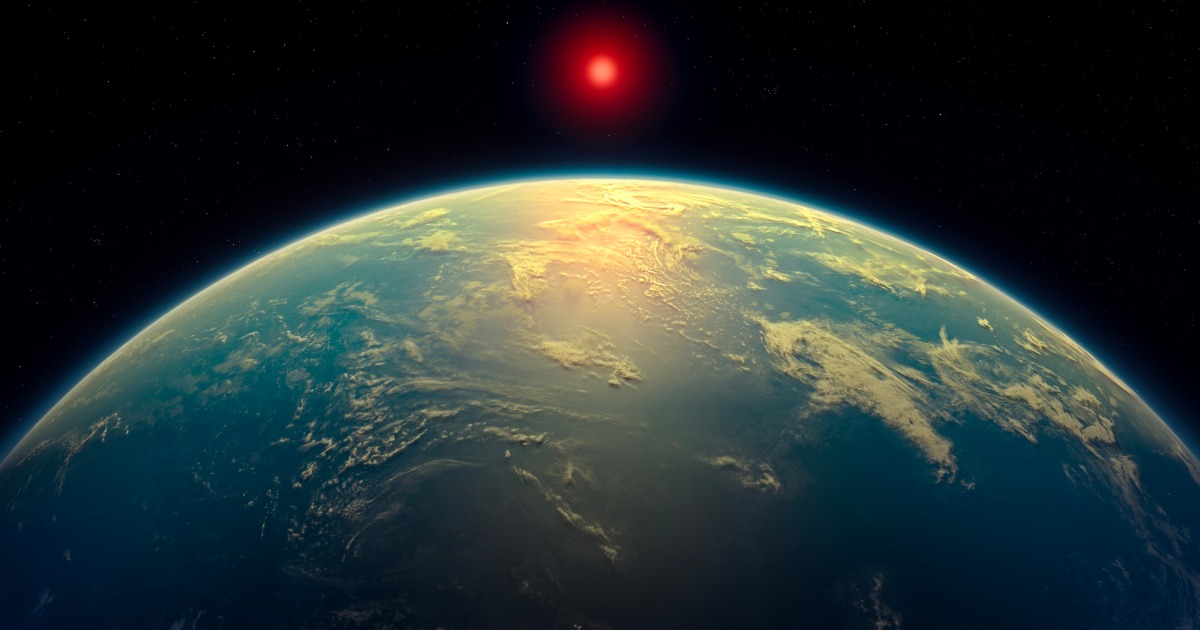
Galilean Moons
Galilean Moons are the four largest moons of Jupiter, discovered by Galileo Galilei in 1610. They are named after him and are also known as the Jovian moons. The four moons are Io, Europa, Ganymede, and Callisto. They are some of the largest objects in the solar system outside of the Sun and eight planets. They are also some of the most geologically active objects in the solar system, with Io being the most volcanically active. The Galilean Moons have been studied extensively by spacecraft, including the Galileo orbiter and the Juno mission.
Your Previous Searches
Random Picks
- Conversion Coating: Conversion coating is a surface treatment process that involves the application of a thin layer of a protective material onto a metal surface to enhance its corrosion resistance, adhesion, and paintability. The process involves the use of c ... Read More >>
- Satellite Technology: Satellite technology refers to the design, development, and deployment of artificial satellites for various purposes such as communication, navigation, remote sensing, and scientific research. It involves the use of advanced technologies su ... Read More >>
- Hydrogen Peroxide: Hydrogen peroxide is a chemical compound with the formula H2O2. In the context of space and astronautical engineering, hydrogen peroxide is commonly used as a propellant in rocket engines. It is a monopropellant, meaning it decomposes into ... Read More >>
Top News

This week on "Sunday Morning" (April 20)...
A look at the features for this week's broadcast of the Emmy-winning program, hosted by Jane Pauley....
News Source: CBS News on 2025-04-17

Scientists detect strongest hints yet of life on a distant planet...
Scientists have detected unique chemical patterns similar to those produced by the Earth's algae and seaweed — raising the possibility of the presence of a warm ocean, perhaps teeming with life, on ...
News Source: NBC News on 2025-04-17

Is there life on another planet? Scientists find the strongest evidence yet...
Near a planet far, far away astronomers have found traces of chemicals that on Earth are only produced by living beings....
News Source: Al Jazeera English on 2025-04-17

Scientists find strongest evidence yet of life on an alien planet | CNN...
In a potential landmark discovery, scientists using the James Webb Space Telescope have obtained what they call the strongest signs yet of possible life beyond our solar system, detecting in an alien ...
News Source: CNN on 2025-04-17
Katy Perry's trip to space wasn't inspirational. It was tone-deaf marketing....
Katy Perry indulged in a space tourism trip Monday, courtesy of Jeff Bezos' company. It's the latest in a long line of missteps for the singer....
News Source: Business Insider on 2025-04-14